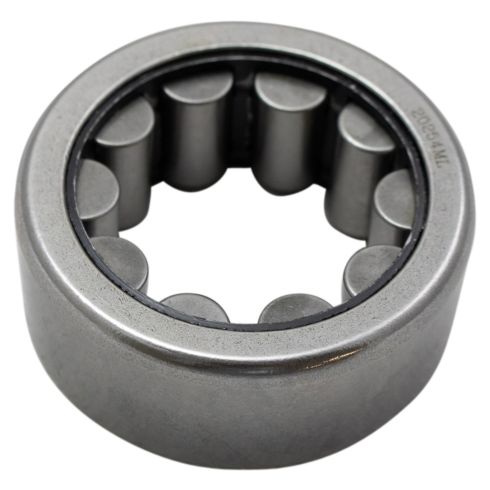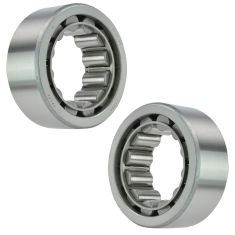1AAXX00122-Rear Wheel Bearing TRQ BHA54665

Replaces
1992 Dodge D250 Truck with 9.5 Inch Ring Gear Rear Passenger Side Wheel Bearing TRQ BHA54665

Product Reviews
Loading reviews
There are no reviews for this item.
Customer Q&A
No questions have been asked about this item.
Dodge is a registered trademark of FCA US LLC. 1A Auto is not affiliated with or sponsored by Dodge or FCA US LLC.
See all trademarks.










